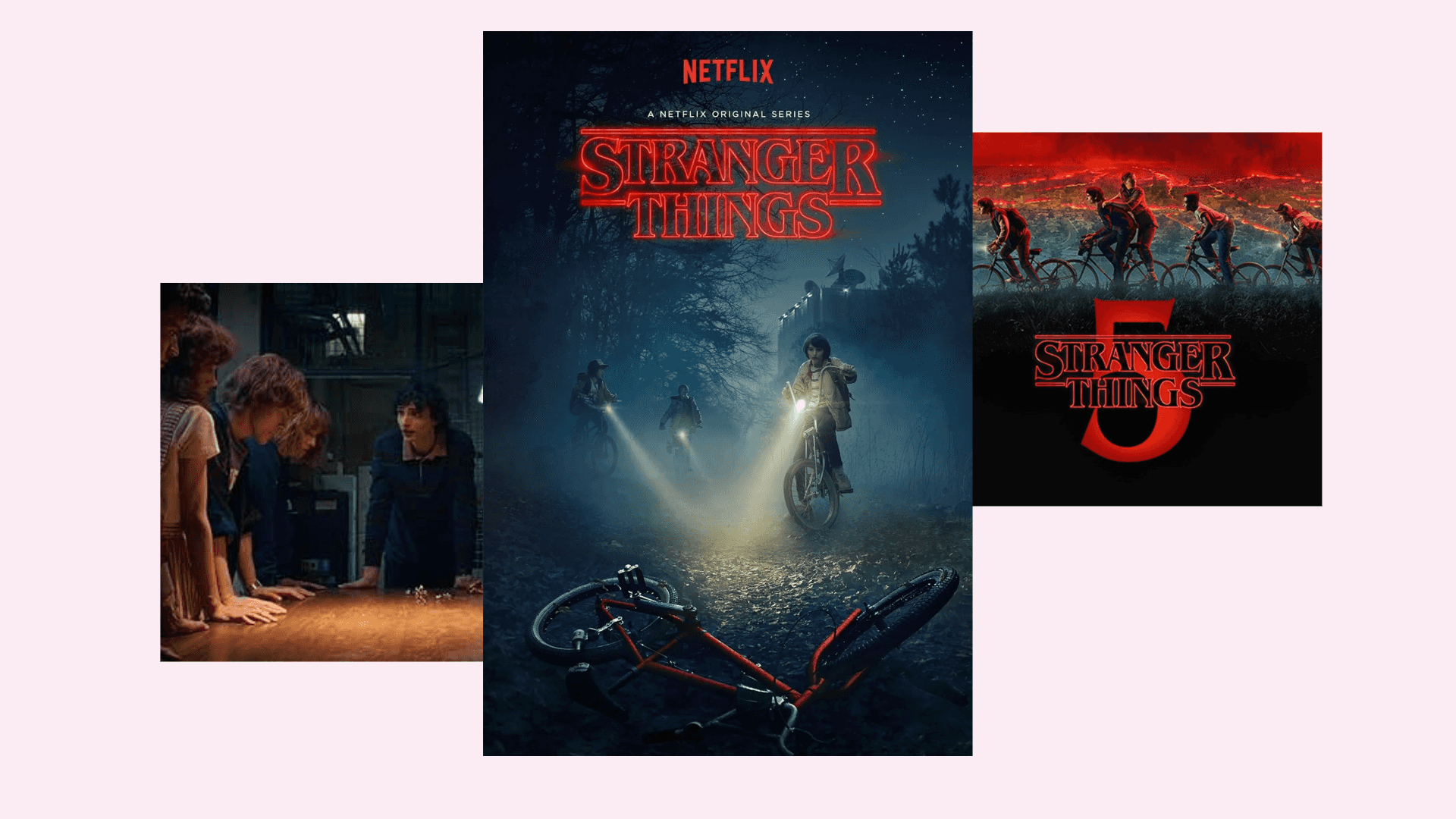
Save Time And Money Using Marketing Automation
Written by Lee
One of the many challenges facing the modern marketing industry is the vast number of platforms and technology that must be managed in order to keep ahead of the crowd. From the variety of social media networks to the many ways in which businesses can communicate with their customers, it can feel like a difficult juggling act. However, it doesn’t necessarily need to feel this way. Marketing automation can help to save you vast amounts of time and money.
WHAT IS MARKETING AUTOMATION?
Marketing automation relates to any type of automated actions that are completed using software that helps with these repetitive tasks. This could include assisting with actions on your website, social media or through email automation.
These behaviours and actions will be programmed ahead of time, often in bulk, and set to happen at a particular moment to happen without any manual intervention. This can be useful for businesses who do not operate all through the week, or who want to target specific time zones that are different to theirs.
It is possible to automate a wide variety of your workflow, from content downloads to when leads are sent specific emails in a sales chain, to what they can see on your site or what links are presented to them. This can be really powerful in taking them on a lifecycle journey with your company where you turn them into a loyal customer.
WHAT ARE THE BENEFITS OF MARKETING AUTOMATION?
One of the great benefits to marketing automation is the fact you can continue building personalised, effective communications with customers on a vast scale, without having to make compromises based on what is feasible for your team. You can have the output of a large corporation with an SME marketing budget.
It also frees up your time to be spent elsewhere; rather than needing to spend time each day remembering to write social media posts or sending out emails to your customers, you can plan all of this ahead of time and do it all in one go, whether that be through platforms such as HootSuite or through email marketing automation with HubSpot. This means all of your focus can be in one place, rather than jumping about all over and not fully giving your all to what you are doing.
Through automating your output, the constant and consistent communication with your audience that this allows can be turned into establishing prospective customers, and, in turn, can help to generate a significant amount of revenue. Given the fact it doesn’t require a huge amount of time putting into it, marketing automation for B2B and B2C can be a great way of seeing a quick return on investment. It can also help with nurturing new leads, by putting in place strategies that will help to draw them towards your business.
HOW CAN HUBSPOT HELP?
One of the greatest problems that marketeers face is that many marketing automation investments fail because they haven’t been implemented successfully. HubSpot helps you to manage this through a variety of training methods – from free webinars to guides and templates, they can show you how it is more than just blasting out emails one after another, teaching you what really makes it successful. They also help to dispel myths, to provide fact against fiction.
With a variety of free resources identifying marketing automation best practice and successful B2C and B2B marketing workflows, it is a great way to improve what you’re doing to close deals, gain customers and create targeted content that matters. If your process is effective, it can help to nurture leads to the point where they are informed and invested in your solutions. You will be able to sell to them the solution that you can provide.
HUBSPOT WORKFLOWS
When it is working effectively, email automation can help B2B marketers with their sales pipeline by 10%. You can opt to do this using HubSpot’s Workflows App, for example, to help create personalised workflows that are triggered in a wide variety of ways, This could be from them clicking a link in an email, viewing a page on your blog, submitting a form on your website, or clicking one of your advertisements. In them performing this action, they will have been qualified as a potential lead to qualify.
You can find out about the different types of email workflows here. There are many different ways they can be utilised, from sending out an email to people when they first sign up to your newsletter list to nurturing potential leads (for example, when they leave a shopping basket unattended).
You can also set a customer into an email cycle once they become a customer, with the emails all building on each other in terms of their sales message and sales funnel. Additionally, you can opt for a re-engagement workflow if your customer has gone quiet, or an event workflow if you want to raise awareness to a particular event. This method can also be used for keeping track of customer metrics and how happy they are – which can be vital to success.
Want to discover more digital marketing tips and tricks? Why not sign up to our mailing list for all the latest insights from Flaunt Digital?





